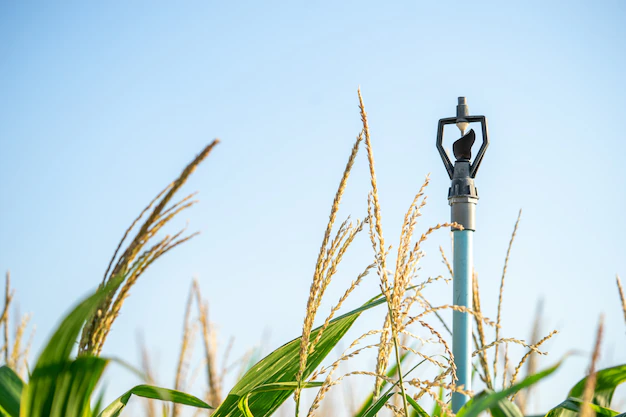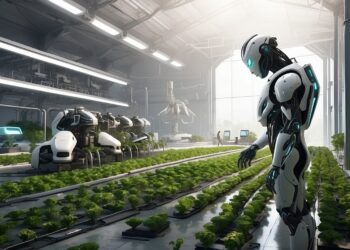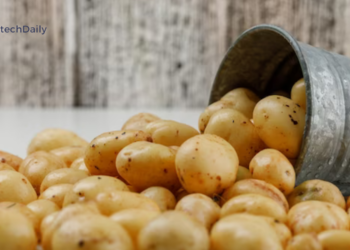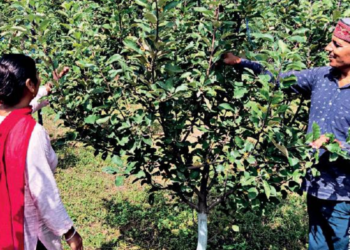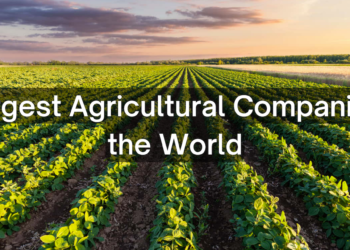As the world’s population continues to grow, so does the need for sustainable water resources. And with climate change causing water scarcity in many parts of the world, the need for efficient water usage is even more pressing. Thankfully, farmers are using cutting-edge technology to help them save water and boost their yields.
From irrigation systems that use satellite data to track soil conditions to advanced sensors that monitor water usage, these technologies are helping farmers conserve water, increase production, and protect the environment.
What is water scarcity?
Water scarcity is a situation where there is not enough water available to meet demand. It can occur anywhere in the world and can have many causes, including pollution, climate change, and increasing demand from a growing population.
Farmers, who need water for irrigation, can be the first to suffer if water scarcity occurs. Water scarcity can be especially difficult in areas that experience dry seasons. Farmers in these areas might have to irrigate their fields to grow crops throughout the year.
This can be challenging if their area experiences low rainfall. To combat water scarcity and ensure enough water for everyone, governments and water management organizations often set rules for water use. These rules can vary widely depending on the region.
Water conservation technologies
Conserving water can seem like a daunting task, especially in areas that experience drought. But many farmers are turning to technology to help them reduce water consumption and increase crop yields. Here are some of the ways farmers are using technology to save water.
Satellite imagery. Farmers can use satellites to track the amount of water in their crops. This can be especially useful for monitoring water use in large fields. Soil sensors. Sensors placed in the soil can help farmers track soil conditions, including moisture levels. This can help farmers know when to irrigate crops and where to direct water.
Drip irrigation systems. Drip irrigation systems deliver water directly to the roots of plants, rather than watering the entire field. This allows farmers to water their plants more efficiently. Weather forecasts. Weather forecasts can help farmers know when to irrigate their crops. Knowing the projected weather can help farmers decide when to turn on their irrigation systems to make sure crops get enough water.

Benefits of water conservation technologies
The benefits of water conservation technologies are many. Farmers who use these technologies can expect to see an increase in crop yields, reduced costs of water usage, and reduced costs of fertilizer.
Farmers also use less energy and emit less carbon dioxide than they would if they used traditional irrigation systems. Water conservation technologies can also make it easier for farmers to comply with government irrigation rules and regulations.
Examples of water conservation technologies
Satellite imagery. Satellite imagery can help farmers track the amount of water in their crops. This can be especially useful for monitoring water use in large fields. Soil sensors. Sensors placed in the soil can help farmers track soil conditions, including moisture levels. This can help farmers know when to irrigate crops and where to direct water.
Drip irrigation systems. Drip irrigation systems deliver water directly to the roots of plants, rather than watering the entire field. Weather forecasts. Weather forecasts can help farmers know when to irrigate their crops. Knowing the projected weather can help farmers decide when to turn on their irrigation systems to make sure crops get enough water.
How are farmers using water conservation technologies?
Farmers are using water conservation technologies in a variety of ways. For example, some farmers are using soil moisture sensors to track soil conditions and detect if their crops need more water. This can help farmers save water by irrigating their crops only when necessary.
Other farmers are using satellite imagery to track water levels in their crops. This can help farmers know when to irrigate fields with large amounts of crops. Drip irrigation systems are also helpful for farmers using large fields. These irrigation systems deliver water directly to the roots of plants, rather than watering the entire field.
This allows farmers to water their crops more efficiently. Weather forecasts can also be useful for farmers. Knowing the projected weather can help farmers know when to activate their irrigation systems to make sure crops get enough water.

Potential challenges in utilizing water conservation technologies
There are a few potential challenges in utilizing water conservation technologies. For example, farmers who use soil moisture sensors may have to pay for maintenance. Additionally, farmers who use satellite imagery to track water levels in their crops may have to pay subscription fees.
Farmers who use weather forecasts may also have to pay subscription fees. These costs must be considered when farmers decide to use these water conservation technologies.
Future of water conservation technologies
As the world’s population continues to grow and climate change worsens water scarcity in many parts of the world, the need for efficient water usage will continue to be pressing. Fortunately, farmers are using cutting-edge technology to help them save water and boost their yields.
From satellite imagery to advanced sensors that monitor water usage, these technologies are helping farmers conserve water, increase production, and protect the environment. As these technologies become more widely available, farmers around the world are finding innovative ways to use them to save water and make their operations more sustainable.
Impact of water conservation technologies on agriculture
Water conservation technologies can help farmers save money, increase crop yields, and protect the environment. Farmers can save money by reducing their water usage and paying less for irrigation systems. They can also reduce their fertilizer costs by using less water. Reducing fertilizer costs can help protect the environment by preventing fertilizer runoff and reducing pollution.

Resources for farmers using water conservation technologies
For farmers interested in using water conservation technologies, there are a variety of resources available. Farmers can visit their local irrigation suppliers to get information and advice on water conservation technologies. They can also visit extension websites to find information on different water conservation technologies, like satellite imagery and soil sensors.


